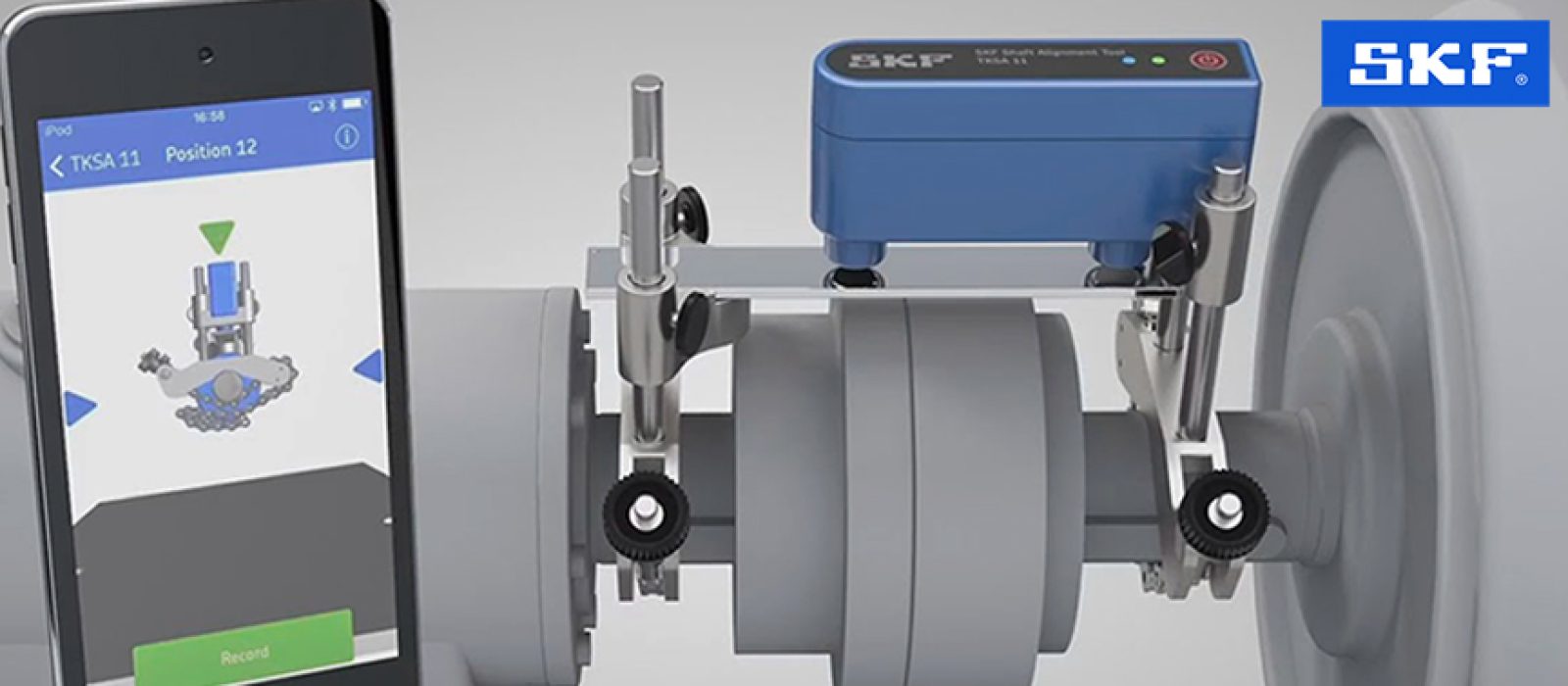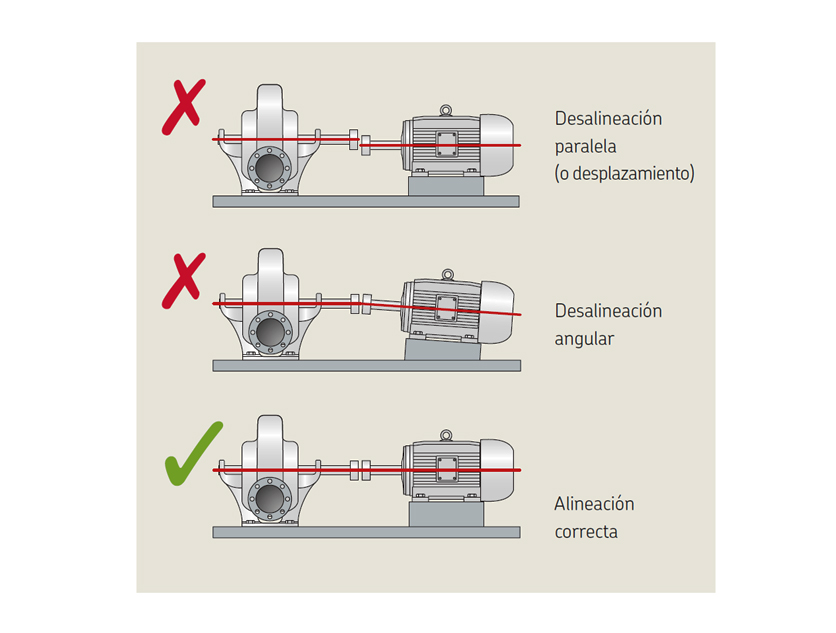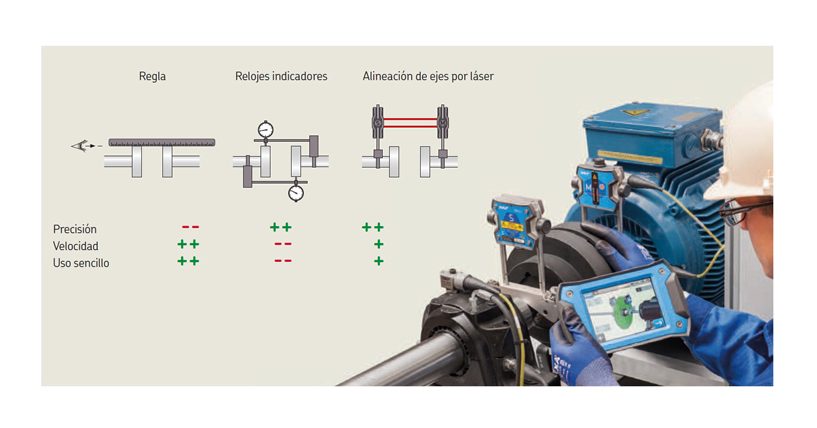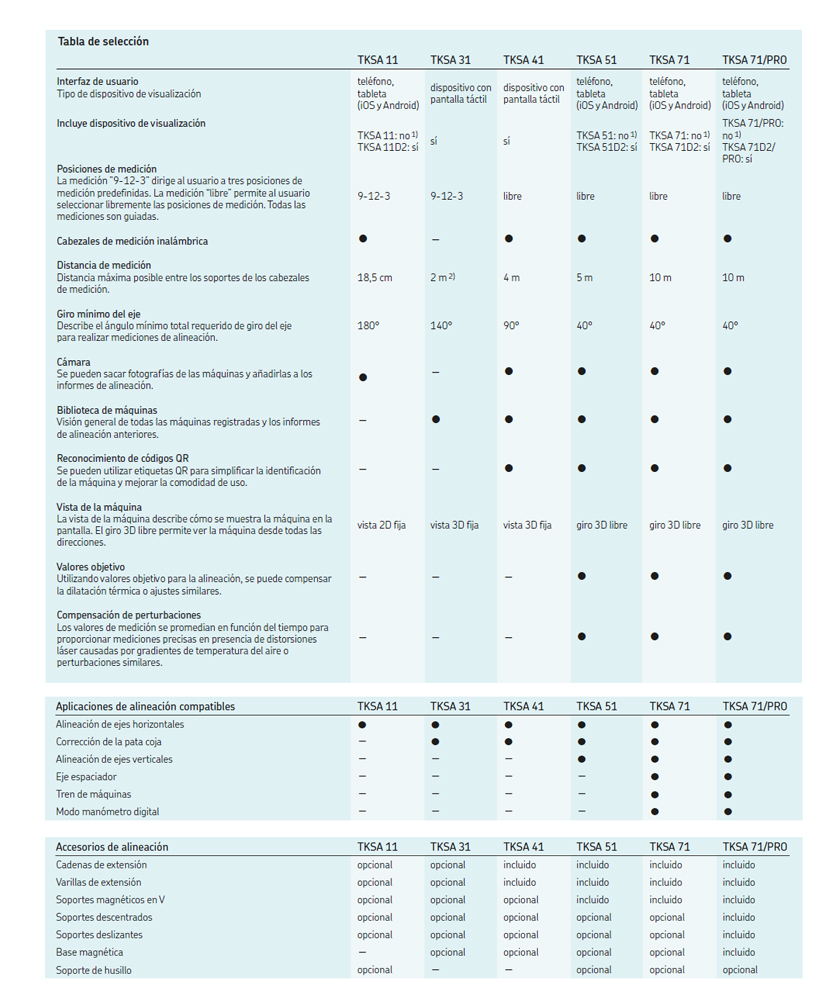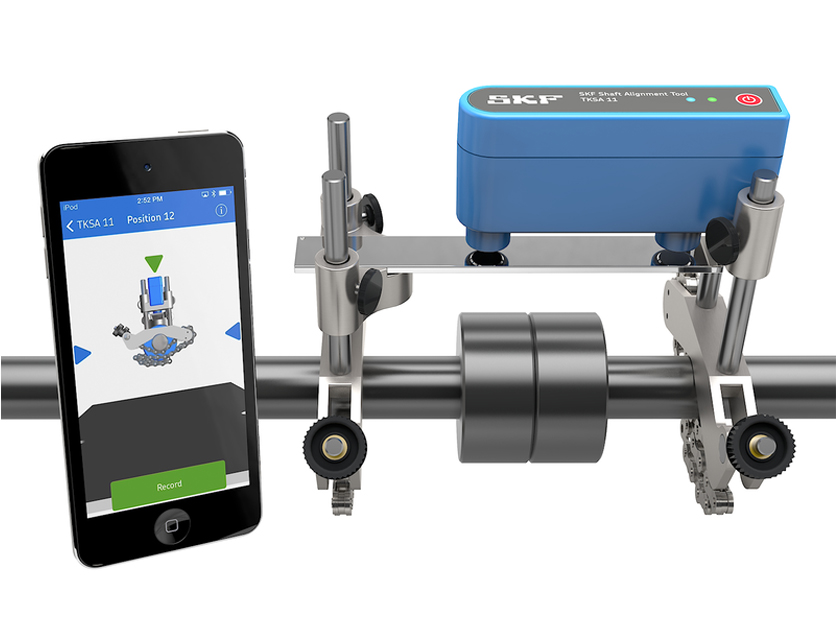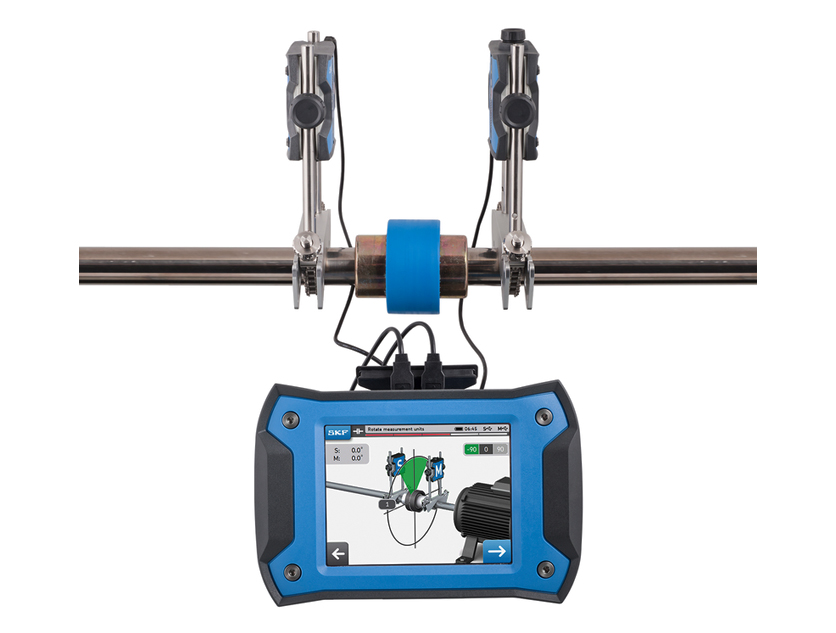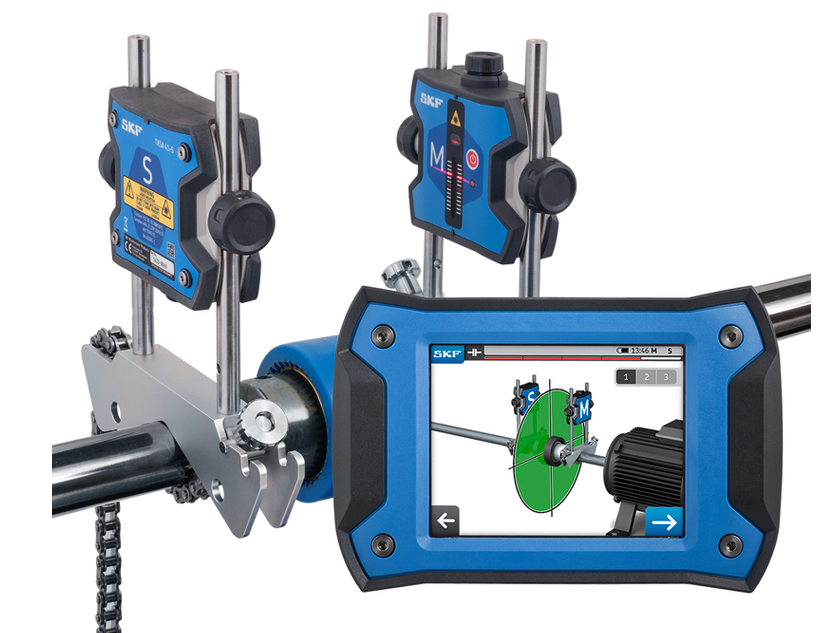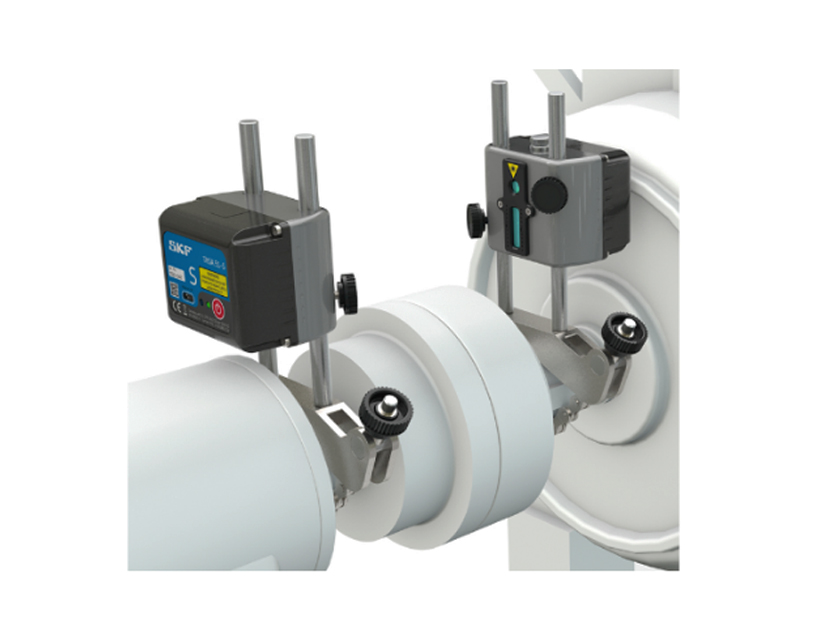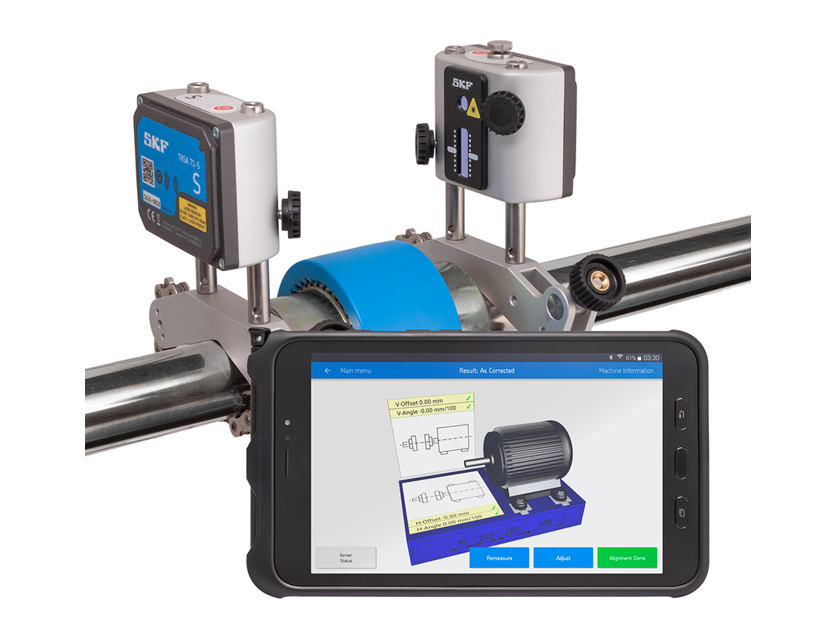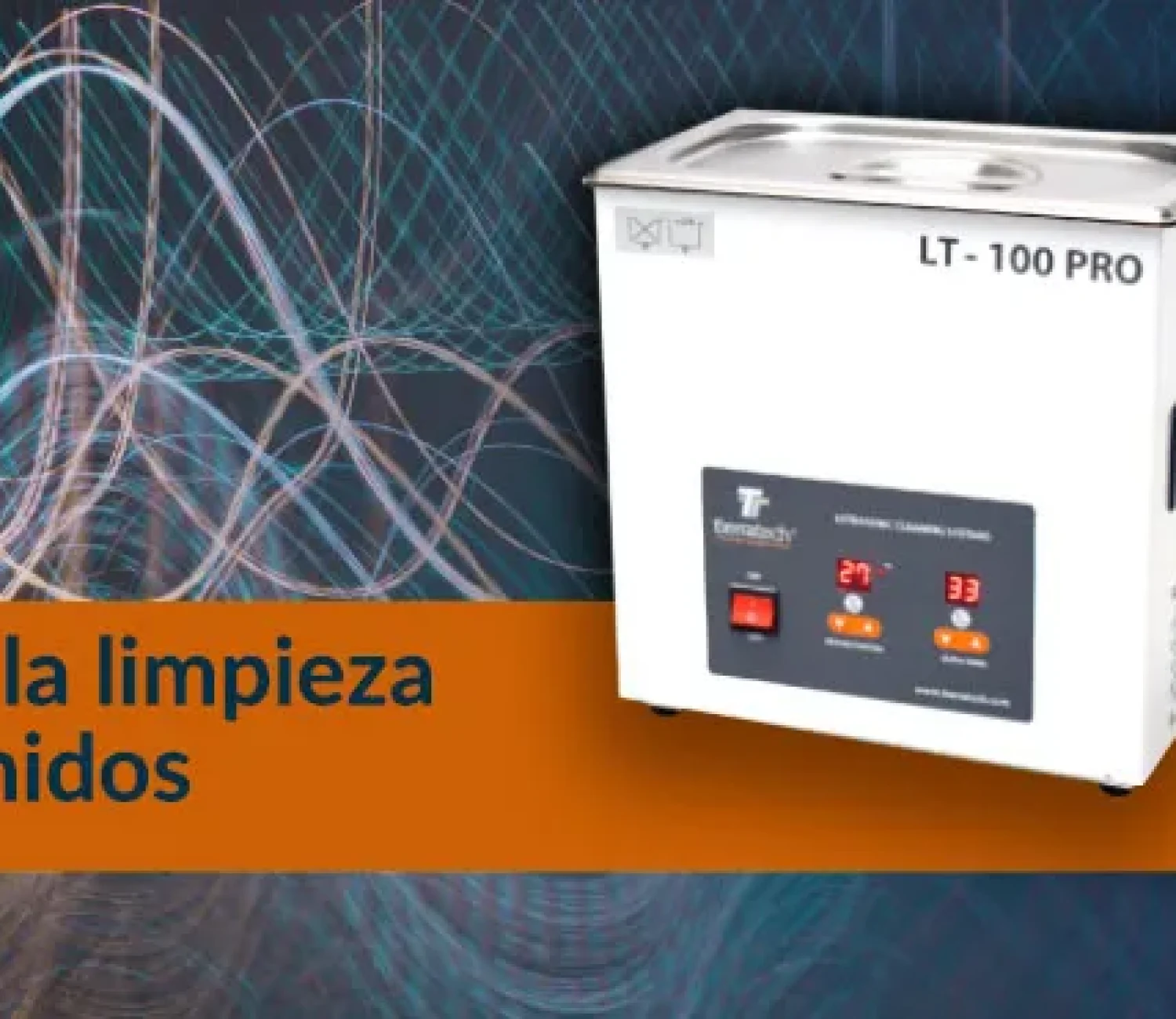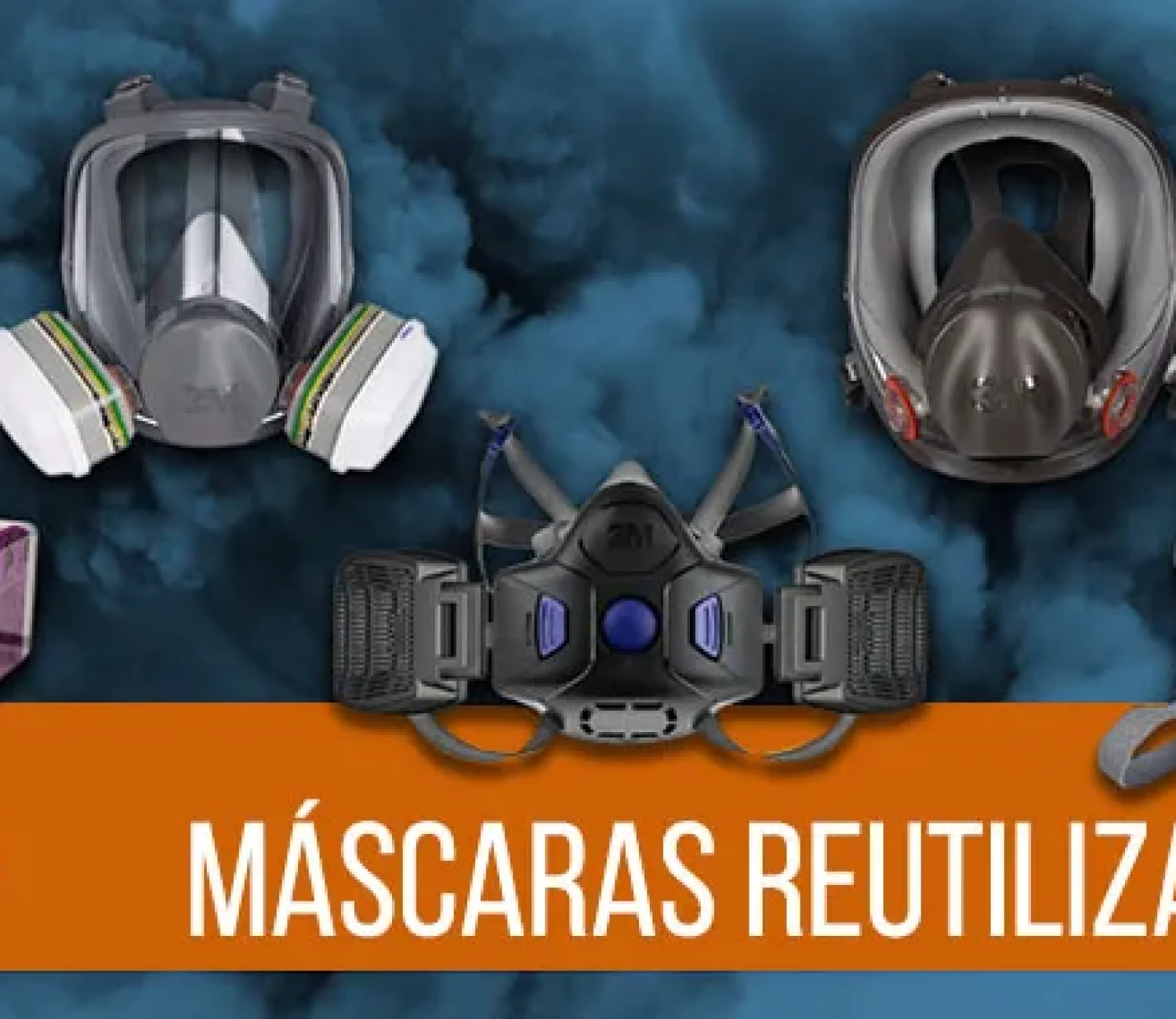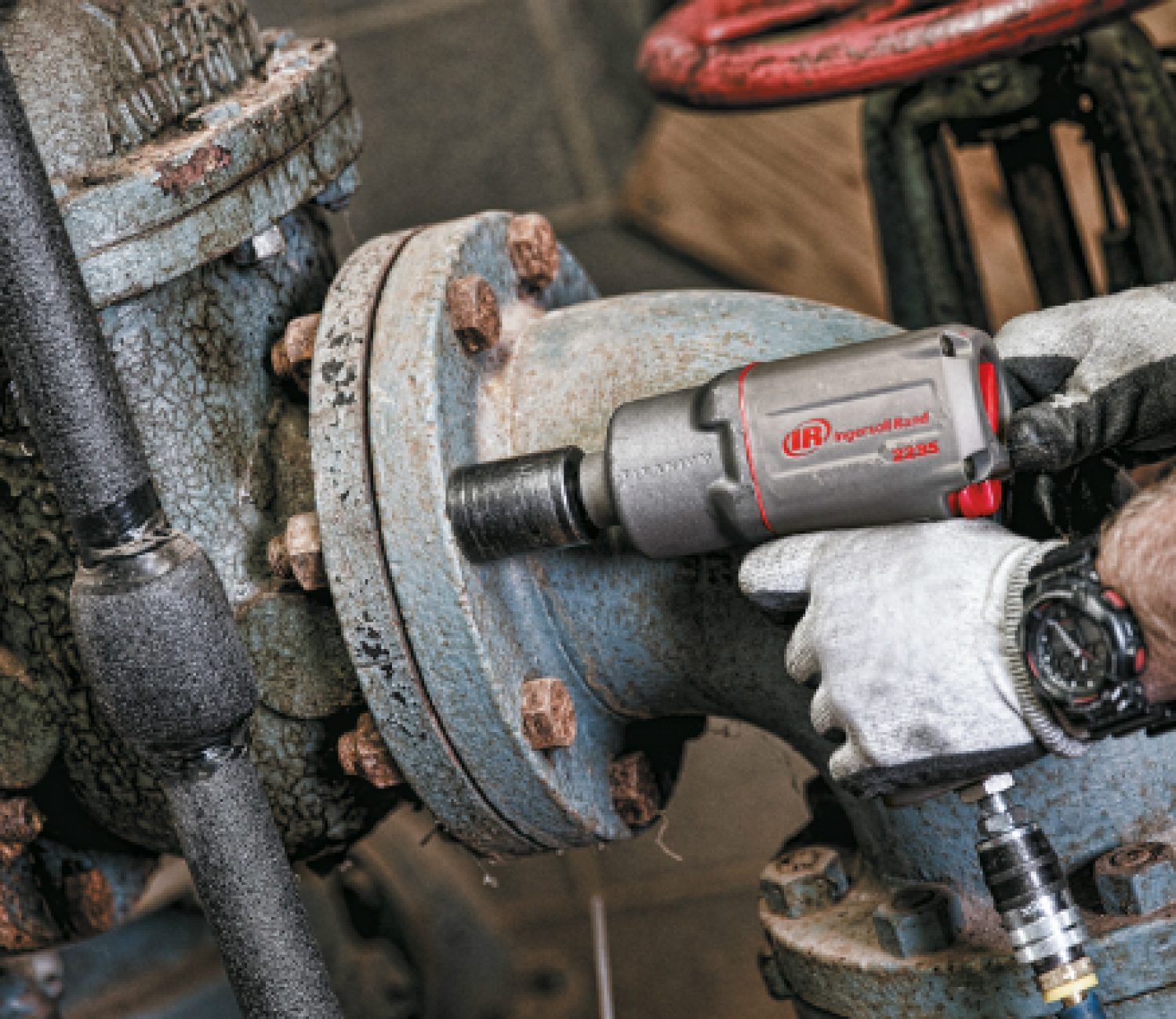Misalignment is, after unbalance, one of the most common problems on machines.
Misalignment is a mechanical defect defined as the spatial mismatch of the geometrical axes corresponding to two coupled drive shafts (or axles). This concept can also be applied to other types of transmissions in which the shafts are arranged parallel (belt drives, gear drives, etc.). Although, in these cases, misalignment denotes absence of parallelism between the geometrical axes.
Misalignment causes lateral shaft displacements that in the long term lead to bearing wear, bent shafts, broken or worn couplings and increased power consumption. Accurate alignment can prevent a large number of machine breakdowns and reduce the number of unplanned stops and lost production. In addition, it can help to significantly extend the service life of your machines.
The possible consequences of misalignment are numerous:
- Premature coupling wear and failure.
- Overheating, wear and premature failure of bearings.
- Overloading and bending of rotors and crankshafts.
- Wear on packing and mechanical seals.
- Premature shaft failure due to material fatigue.
- Noise.
- Vibrations that reduce the useful life of all mechanical elements.
- Higher energy consumption.
A misaligned machine can cost between 20% and 30% more due to maintenance requirements, downtime, component replacement and higher energy consumption.
Although, in principle, machines are designed, installed and put into operation so that there is no misalignment between their shafts, experience shows that the problem of misalignment often arises due to different factors. Some of the most important are:
- Deformations caused by overestimation of the material stiffness of the machine structure.
- Underestimation of forces and moments arising from operation that will result in excessive deformation.
- Mounting of the machine on foundations in poor condition that allow undesired micro-movements.
- Dilatations produced in the bedplate, shafts or bearings due to changes in, for example, temperature.
- Benches or ties in poor condition due to the appearance of cracks caused by fatigue, errors in tightening, etc.
Common indicators of poor alignment include shaft wobble, excessive vibration, bearing temperature (even with proper lubrication), noise and coupling wear.
The aim of the alignment procedure is to achieve a perfect alignment between the shafts of the two considered parts of the machine. However, it must be taken into consideration that the precision of the measuring instruments is finite, perfect alignment is impossible to certify. Moreover, the rigidity of the structural elements of the machine is not infinite. This factor implies that, during operation, the shafts may move due to deformations in the bedplate, the moorings, the shaft supports or even the shaft itself (bending deformation). Temperature changes will cause expansions that will also affect the structural elements and modify the shaft position.
All these displacements, although small and controlled, exist. Some of them will depend on the workload of the machine so their value will not be fixed or easy to measure.
All things considered, the conclusion is that the goal of perfect alignment is utopian. For each machine there is a degree of correct alignment (even if it does not constitute perfect alignment) called the "degree of optimal alignment". This degree is one that can be achieved with a certain economy of means, in a reasonable time and that will not appreciably shorten the service life of components exposed to residual misalignment.
Laser alignment systems are generally faster and easier to use than dial indicators, are more accurate and do not require special skills to achieve precise results virtually every time.
Before purchasing a system, identify the applications in which it will be used and develop a list of requirements. Purchasing an expensive system to fit virtually every need can be a costly mistake, as technicians will need to have the skills to use it. Most alignment tasks consist of such tasks as horizontally positioning an electric motor with a pump or fan using a simple coupling. For such tasks, the technician needs a system that is fast, easy to use and does not require too much assembly time.
SKF offers a wide range of tools that will fit your needs.
TKSA 11 is an innovative shaft aligner that uses smartphones and tablets. It intuitively guides the user through the shaft alignment process. Focused on the main alignment tasks, the TKSA 11 is designed to be a very user-friendly instrument, especially suitable for alignment trainees and compact applications. The SKF TKSA 11 is the first instrument on the market to use inductive proximity sensors, enabling accurate and reliable shaft alignment, as well as being an affordable solution that fits all budgets.
The TKSA 31 is SKF's most affordable solution for simple laser shaft alignment. The ergonomic touch screen display unit makes the instrument extremely easy to use and the integrated machine library helps to store alignment reports for multiple machines. The measuring heads feature large laser detectors that reduce the need for pre-alignment, and the built-in lame-leg tool helps lay the foundation for successful alignment. Other features, such as live viewing and automatic measurement, help streamline tasks for efficient alignment and make the TKSA 31 an innovative and affordable laser shaft aligner for almost any budget.
The TKSA 41 is an advanced laser alignment solution for precise shaft alignment. With two wireless measuring units, large detectors and powerful lasers, the instrument performs precise measurements in the most difficult conditions. Thanks to its ergonomic display unit with intuitive touch screen navigation, alignments are performed simply and quickly. Innovative features such as "free measurement" help to increase alignment performance. Aimed at improving alignment practices, the SKF TKSA 41 shaft aligner is one of the best quality and lowest priced alignment solutions in the industry.
The TKSA 51 shaft aligner offers great measurement flexibility and performance suitable for basic and expert alignment work. Designed to work with SKF shaft alignment applications on a tablet or smartphone, this intuitive tool is easy to use and requires no special training. Included accessories allow the TKSA 51 to be used for a wide range of horizontal and vertical shaft alignment applications such as motors, transmissions, fans, pumps, gearboxes and more. The application includes video tutorials to teach operators how to make accurate measurements.
The TKSA71 shaft aligner enables superior alignment performance and industrial durability thanks to its innovative design. It is an instrument that offers high precision measurements and is excellently protected against dust and water in harsh environments.
At ADALIS Industrial Solutions we have these and more SKF products to tackle shaft misalignment. Check it out in our complete catalog.
SOURCE:
Mechanical maintenance of machines.
Ed: Universitat Jaume I
Francisco T. Sánchez Marín, Antonio Pérez González, Joaquín L. Sancho Bru, Pablo J. Rodríguez Cervantes.


